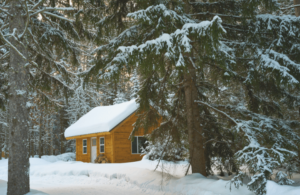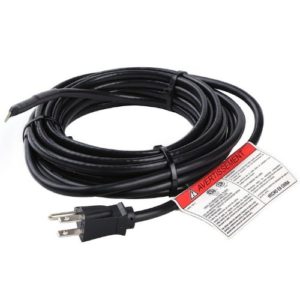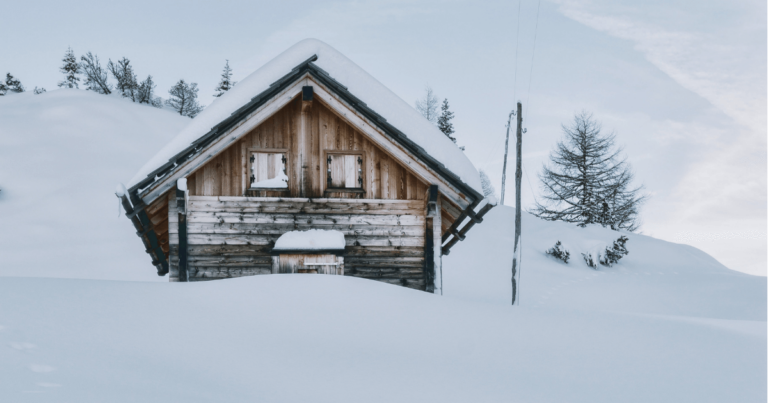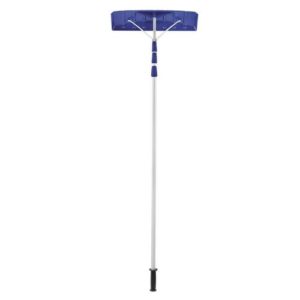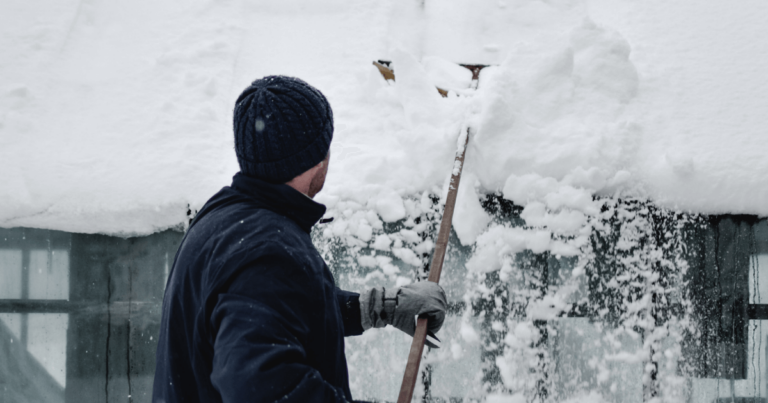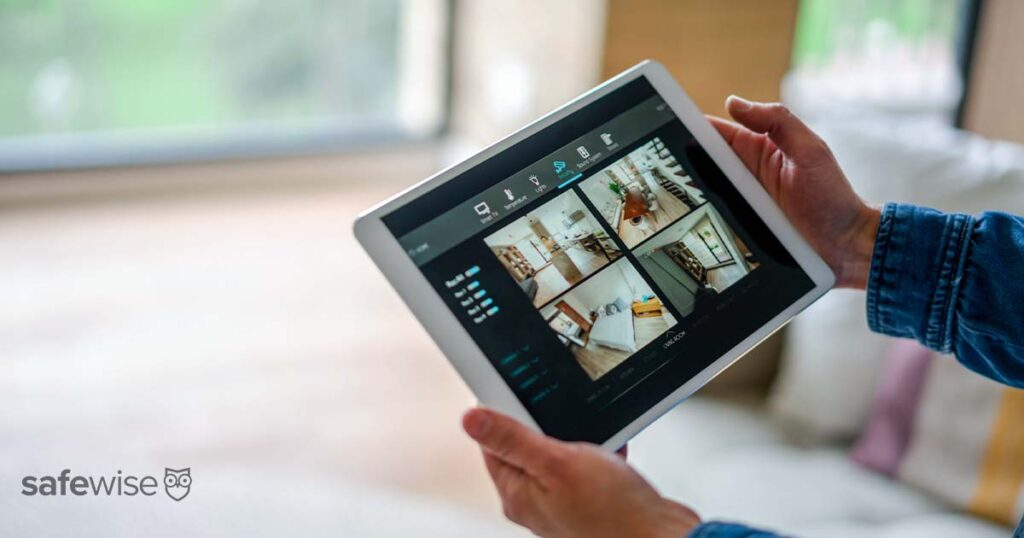While most roofs are designed to hold up to 20 pounds per square foot according to modern building codes, older structures and those with flat roofs may struggle under the weight of even moderate snow accumulation.²
And not all snowstorms are created equal. On average, relatively dry snow weighs around 5 pounds a foot, while wet snow can tip the scales at more than 20 pounds per foot.³
To calculate the snow load on your roof, assume that every inch deep of snow equals 1.25 pounds. Your equation for determining snow load, S x 1.25 = P, is fairly straightforward math. S equals the depth in inches of the snow on your roof and P represents the pounds per square foot your roof is supporting.
Here’s an example. If a snowstorm just dumped about 9 inches of heavy snow on your roof, the equation to determine snow load is 9 x 1.25. That works out to be 11.25 pounds per square foot. According to our math in this example, your roof is probably doing just fine.
If you’re still unsure whether your roof is risking damage after a heavy snowfall, FEMA advises homeowners to look for these warning signs.⁴
- Sagging ceiling tiles or boards
- Popping, cracking, and creaking noises
- Interior doors that can no longer be opened or closed
- Cracks in walls or masonry
- Severe roof leaks
Excessive snow accumulation can be the result of ice dams, unbalanced snow load, heavy snowfall or rain, or just simple roof geometry working against you.
Consider consulting with a contractor before next winter to determine what you can do to increase the pitch of your roof and ease the burden of heavy snowfall.
